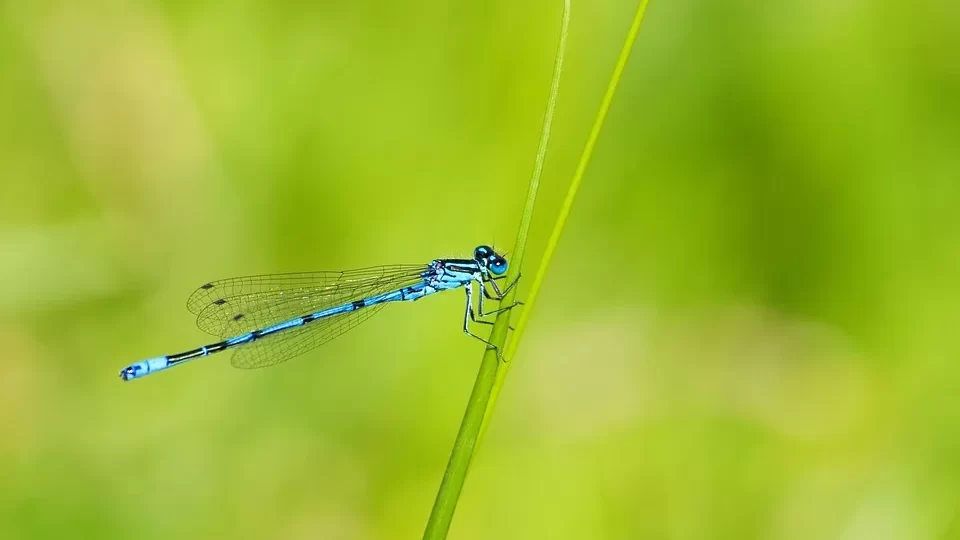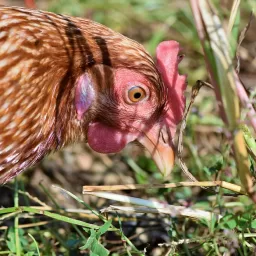
Damselflies – Interesting Facts on These Beautiful Insects
Wander around any area of water in the summer months and you will see a host of these pretty insects near the water’s edge. There are about 20 species of Damselfly in the Great Britain and Ireland, which fall into four families and nine genera.
Damselflies belong to the Ordonata order of insects. The Ordonata order includes Dragonflies as well as the Damselflies. However, the Dragonflies belong to the sub-order Epiprocta, whilst the Damselflies are in the Zygoptera sub-order, which translates from this Greek name to mean ‘paired wings’. They have two pairs of similar wings and cannot walk.
Damselflies can often be mistaken for Dragonflies, however there are apparent differences that can help you tell the difference. When resting, the Damselfly will hold its wings long and parallel to its body, whereas the Dragonfly will hold his wings perpendicularly away from his body. The Dragonflies hindwing will also broaden near the base, whilst the Damselfly hind and front wings will essentially look the same. Damselflies are also weaker fliers; Dragonflies are fast! The eyes are different too, with the Damselfly clearly having two separate eyes, whilst the Dragonflies eyes tend to touch together.
Female Damselflies lay eggs in water, on vegetation or in water filled nooks in trees. The eggs hatch into water nymphs and these are carnivorous. They will eat daphnia, mosquito larvae and any other small aquatic organisms. The Nymphs have extendable jaws and large, external gills at the end of their abdomen. The nymphs will moult several times before becoming an adult.
Adult Damselflies will eat small insects, including fleas and mosquitoes. The abdomen is usually long, slim and coloured. They are usually coloured blue; however you will also see red, black and emerald coloured bodies. The colour is usually solid or banded. There is also a species that has white legs.
The Common Blue Damselfly is the one you are most likely to see in England. The Common Blue is about three centimetres long and is often seen on emerging plant stems, all facing the same way! It has a blue abdomen, with black stripes, as well as having a blue and black head. The female can look similar to the male, although more commonly, she is considered to be a dull green to brown colour with black stripes.
The biggest Damselflies are the Demoiselles – the Banded Demoiselle and Beautiful Demoiselle are both four and a half centimetres long. Demoiselle Damselflies have obviously coloured wings.
blue host
#Damselflies #Interesting #Facts #Beautiful #Insects
Will be pleased to have you visit my pages on social networking .
Facebook page here.
Twitter account is here.
Linkedin account here
Post byBedewy for info askme VISIT GAHZLY





